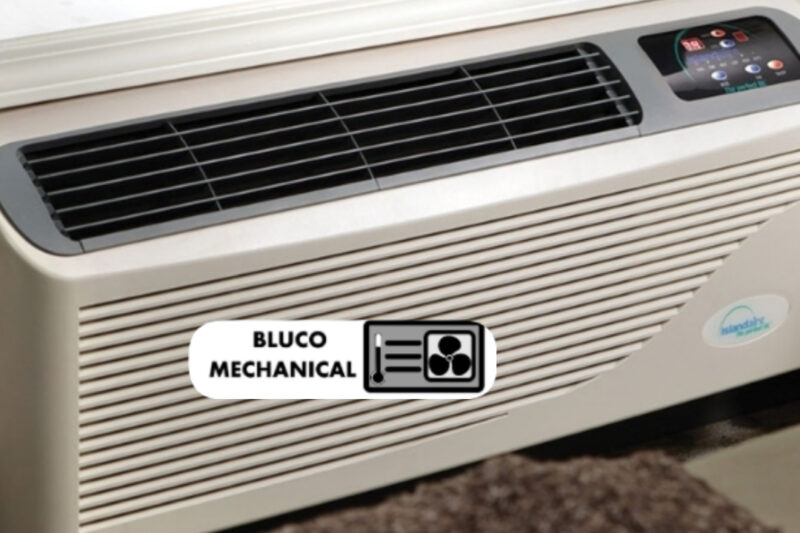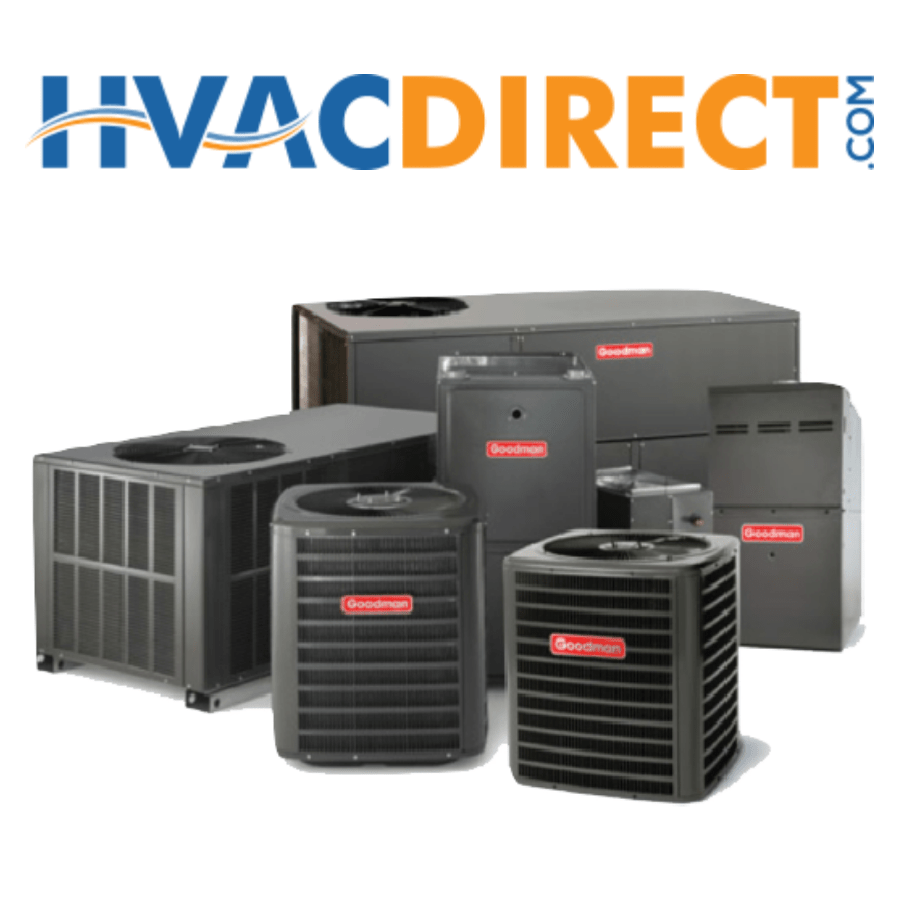PTACs (Packaged Terminal Air Conditioners) are used by thousands of senior living facilities to keep their residents’ rooms pleasant. But ask yourself “What Size PTAC Unit Do I Need and how can you pick the ideal unit to suit your location, temperature, facility type, and resident needs when there are so many possibilities available? This article is here to help you choose not only a unit but a PTAC air conditioning repair Manhattan company as well.
Here are some considerations we follow when assisting our clients in choosing the ideal PTAC units for their neighborhood:

1. Pick the appropriate kind
PTACs are offered to heat and cool Senior Living community rooms in both heat pump and resistive heat types. The following are the variations between an electric resistance heating unit and a PTAC heat pump:
- Resistance (Electric) Heat – Resistance heat devices operate similarly to a toaster or hair dryer by heating wires with an electric current. When utilized over extended periods, they can lead to greater energy expenses but need a lesser initial investment.
- PTAC with Heat Pumps Similar to air conditioners, heat pump machines circulate warm air by reversing the cooling process. Heat pumps are PTAC devices that consume less energy than resistance heat models and are very efficient, although they have a higher upfront cost. All heat pump systems also have resistance heat technology, which can assist in preserving room temperature when the outside temperature falls below the heat pump’s minimum operational range.
- For chilly areas where the requirement for heat is greater, heat pump systems are
recommended; you’ll see a return on the initial larger expenditure in approximately a year. Choosing a heat pump type will result in some energy cost reductions across all climatic zones in the U.S., but the payback will vary by region.
2. Pick the appropriate size
Calculate the appropriate BTU for your PTAC by multiplying the room’s square footage by 30 (for example, 300 sq ft x 30 = 9,000 BTU unit). To choose the proper PTAC setting, it’s also helpful to take into account the room’s capacity, ceiling height, insulation, the influence of the environment outside, and notably how much sunshine the space receives.
If you need assistance determining your precise PTAC air conditioning requirements, we advise getting in touch with an HVAC expert.
3. Choose the appropriate voltage
Different PTAC types may need a different combination of amperage (15, 20, or 30 amps) and voltage (230/208V or 265/277V). Select a model that is compatible with the building’s current electrical system.
4. Examine effectiveness rankings
PTAC units could have you wondering if they are energy-efficient. Consult PTAC unit evaluations and ratings for the greatest energy savings. Units with high PTAC ratings for energy efficiency assist in reducing energy expenditures. Review the Energy Efficiency Rating while calculating the energy efficiency of a resistive heat unit (EER). The Coefficient of Performance (COP) is the accepted indicator of energy efficiency for heat pump systems. A higher value indicates better efficiency and less energy use in both scenarios. EERs often fall between 9.2 and 13.4, whereas COPs usually fall between 2.5 and 4.0.
5. Choose the appropriate custom features and options
You could require a specialized PTAC made to endure the local weather and environmental conditions depending on your climatic zone.
- Corrosion protection units: To counteract the number of pollutants found in the air, PTACs throughout coastal regions should feature corrosion protection. Adding corrosion prevention is typically far less expensive than replacing coils or complete units by preventing operating inefficiencies.
- Dry-Air Units: For high-humidity environments, models built to remove a greater proportion of humidity from a room are suitable.
- Internal Condensate Removal Units (ICR): An ICR unit is arranged to collect the condensation and evaporate the moisture back into the room to lessen the quantity of condensation dripping out of a heat pump unit.

6. Pick the ideal brand
Pick a brand that best meets your PTAC demands by focusing on its features and advantages. In addition, we offer many market-leading brands like GE®, Amana®, Friedrich, and Islandaire.
If you’re looking for a PTAC unit but don’t know how to choose one contact us at (929)447-2077 for all PTAC repair NYC services offered. Visit our site for more info if you find your PTAC Unit Not Cooling or making noises.



No Comments
Be the first to start a conversation